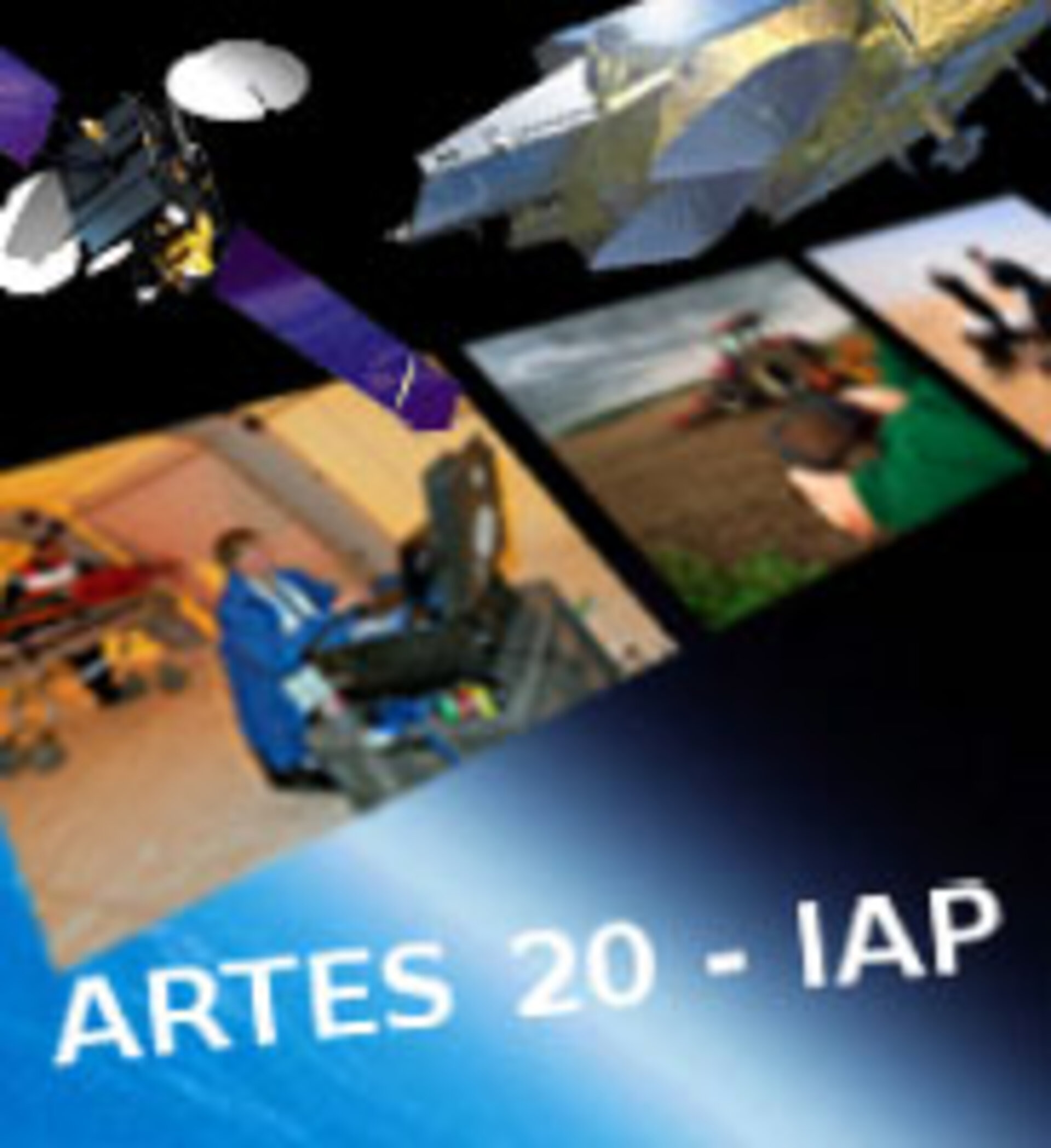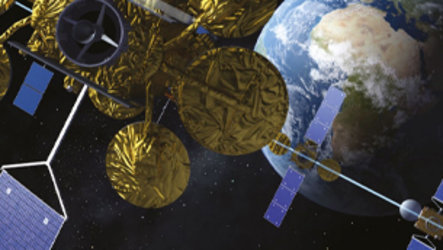ARTES 20 Integrated Applications Promotion (IAP) Open Call
A dedicated portal for ESA’s Directorate of Telecommunications and Integrated Applications has been launched, which announces the release of a continuous ‘Open Call for Feasibility Studies and Demonstration Projects’ as well as new Invitations To Tender (ITT).
Approval of new ARTES 20 IAP programme
In November 2008, a successful Ministerial Conference increased the budget allocation to the ESA Telecommunications and Integrated Applications Directorate's activities by 50% (over the 2005 allocated budget), and approved the new programme ‘Integrated Applications Promotion’ (IAP), also designated as ARTES element 20.
The IAP programme is dedicated to user-driven applications leading to pre-operational services, utilising different types of space assets including satellite telecommunications, Earth observation, satellite navigation and human spaceflight technologies.
Launch of Integrated & Telecoms Applications portal
The ARTES 20 IAP programme, together with the applications related part of the
The portal is primarily arranged around themes, such as Health, Safety, Transport, Energy and Development, with new themes added as needed. The reader will find news, dedicated articles, the most recent activities, upcoming events, and announcements of newly issued tenders on the portal’s main page, with easily accessible archives for reference.

Release of continuous ARTES 20 IAP Open Call
The IAP programme has recently released a continuous Open Call for proposals for feasibility studies and demonstration projects. The general goal of IAP studies and projects is to develop sustainable services where the combined utilisation of space assets (integrated as necessary with terrestrial components) provides an added value in existing or new services.
Key features of these activities are that they are built on a partnership model, and that they are driven by users/stakeholders, who are ‘on board’ right from the initiation.
New ARTES 20 IAP Invitations to Tender issued
The ARTES 20 programme has recently released two invitations to tender (ITT) for feasibility studies in the area of safety.

Feasibility Study for an Unmanned Aerial System Mission Supported by Integrated Space Systems
(Announcement of ITT – closing date 23 September 2009)
As a result of a recent EDA-ESA workshop on Unmanned Aerial Systems and Satellite Services (held at ESTEC on
UAS (Unmanned Aerial Systems) are used or proposed for a wide range of applications, from civil safety, security and surveillance, to search and rescue, mapping, fisheries, agriculture, fire fighting, environmental monitoring, amongst many other applications and services. The development of sustainable services is still hindered by the lack of proper integration of UAS in the civilian, non-segregated airspace.
The goals of these studies are to determine the feasibility and overall planning for a UAS mission that can demonstrate the integration of UAS into non-segregated airspace using satellite communications and navigation as enablers and as such stimulate new services. These investigations will look into the viability of such solutions and the magnitude of the necessary investment. They will cover a number of civilian applications (e.g. pipeline monitoring) and other pressing safety-related issues on the application and implementation of such a system.
Further information on this study can be found in a more detailed, dedicated news release.

Bird Strike Risk-Reduction for Civil Aviation
(Announcement of ITT – closing date 25 September 2009)
Every year, billions of birds migrate from breeding areas to regions where they spend the winter. Because of varying movements and flight patterns, these birds pose a non-negligible threat to flight safety. In fact, collisions between birds and aircrafts can cause very serious and sometime devastating accidents, with severe consequence in terms of human lives and economic impact.
The bird strike problem can be classified according to two different scales: ‘on-route’ and ‘at and near airport’. Considering that birds typically fly below 3000 feet (915 metres), the problem of bird strikes appears either during low-altitude flights, or near airports during take-off and landing,
The latest prominent accident occurred on 15 January 2009, forcing the emergency landing of an Airbus on the Hudson River in New York.
In May 2009, the results of the ESA study "FlySafe" investigating the bird strike problem "en route" were presented, and the related pre-operational service was well received by the participating stakeholders. During this event, ESA's intention to initiate also a study on bird-strike risk reduction for civil aviation was welcomed and reinforced by airport representatives. The IAP programme has thus now released an open, competitive ITT for a feasibility study to investigate the technical and programmatic issues of a system to mitigate the risk of bird strikes for civil aviation and airport authorities ‘at or near airports’.
Further information on this interesting study can be found in a more detailed, dedicated news release.






